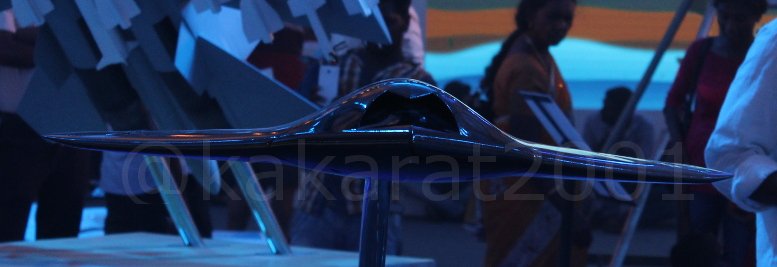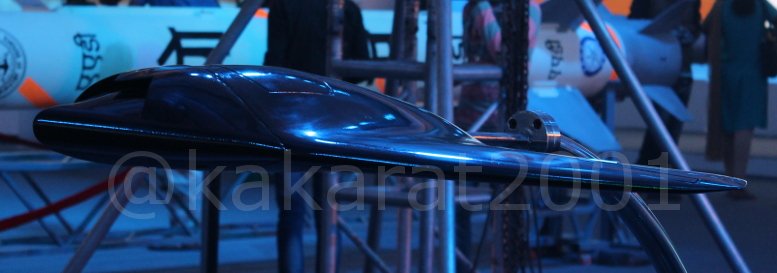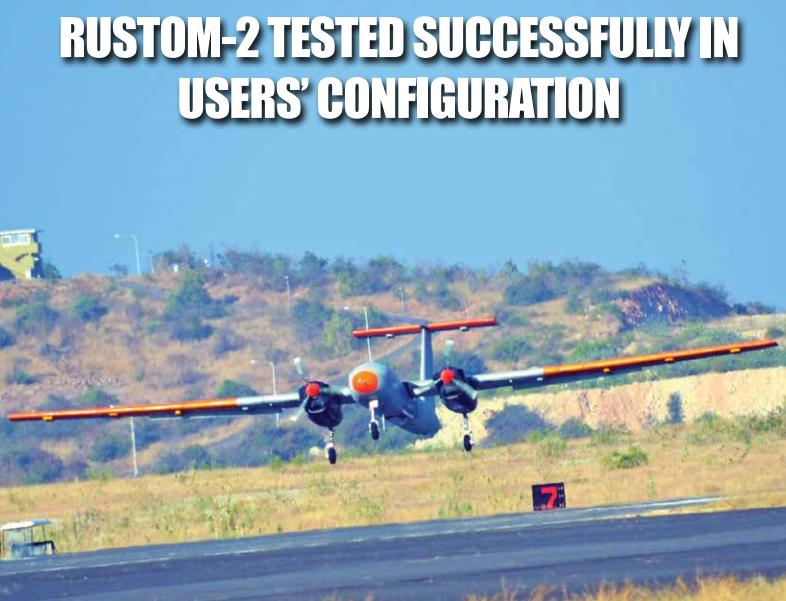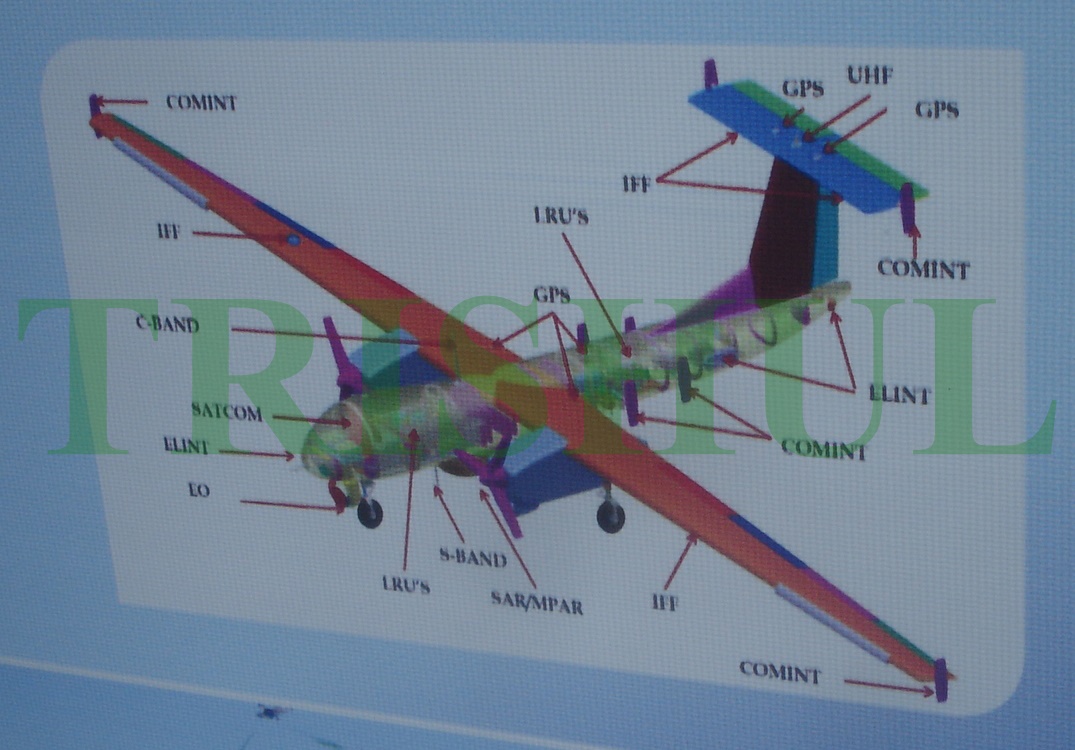EXCLUSIVE: Inside The World Of India’s Most Secret Combat Aircraft Program
Shiv Aroor Feb 02 2018 8 30 am
PART 1 OF THE INDIAN FUTURE WEAPONS SERIES
At one end of a sparsely lit chamber is a cluster of row desks with computer terminals. Most of the computer screens are off, tiny orange lights indicating they’re only hibernating in ‘power save’ mode. At least one terminal has a student in jeans slouched in front of it, two bottles of mineral water at his feet. It’s late, well after work hours. Not unusual for a college laboratory. Except, there’s nothing about this room that’s even remotely run-of-the-mill. A mess of wires disappears mysteriously into another room, darkened at this time of night. It is in a cleared out space behind the lone student working past midnight that the room’s chief occupant sits on a long brown table.
Coloured white and shaped tantalizingly like an arrow head is a rough aircraft model, quite clearly in the middle of a fabrication process. Parts of the model appear tacked together with tape. Students building aero-models is far from uncommon, especially at India’s most prestigious engineering school, but this white craft has more riding on it than anything the Indian Institute of Technology, Kanpur’s (IIT-K) famed aeronautical department has ever been entrusted with before. Within the six-foot frame of the model that sits on this table, and an identical metallic clone in a chamber a few hundred meters away, lies the future of India’s combat air power.
.












